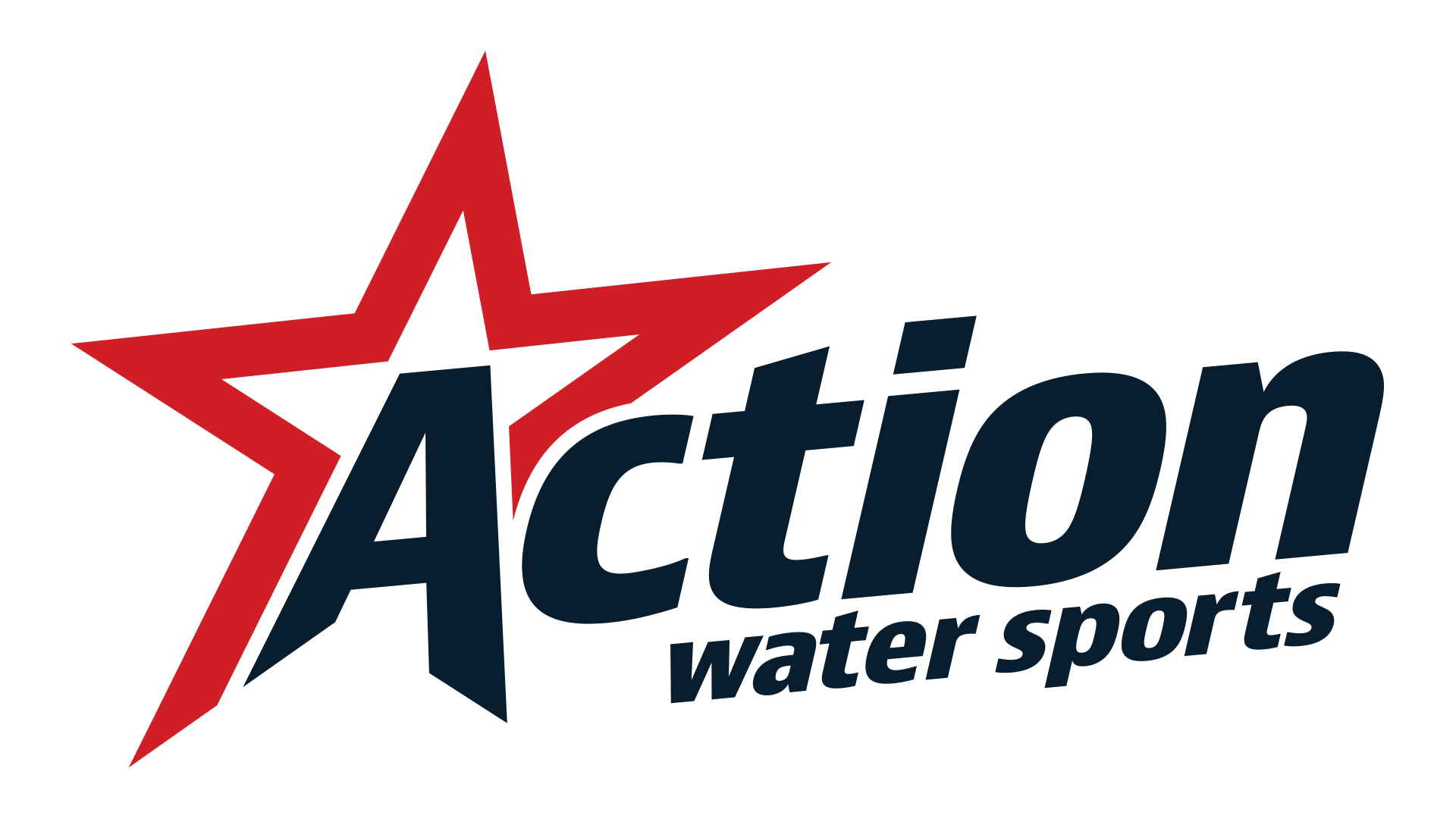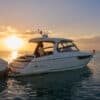Learn how to be certified for boating with this article.
You’ve just purchased your first boat and you’re excited to head out to the water. You launch your boat and head out for the first cruise on your new boat. While you’re enjoying the warm breeze behind the wheel, you see lights flashing in the mirror.
The coast guard pulled you over but you’re not too concerned because your registration is up-to-date and you have the proper documents. Lucky for you, you knew to get your boater’s license before heading to the water.
You show all your documents and head on your way after the coast guard approves your documentation. This situation would’ve gone much differently if you didn’t have your boater’s license.
To help everyone prepare for every adventure on the water, we’ve put this guide together to direct you on how to get your boater’s license. Keep reading to learn how to get your boaters safety license.
Understand the Requirements
Boater’s licenses provide documentation to verify that you are knowledgeable and qualified to be driving a boat. Similar to a driver’s license, a boater’s license can be obtained by completing a safety course.
Before you jump into a random online course, check your state’s requirements. Each state requires certification for different situations. Make sure you complete the correct boater’s safety certification.
State’s base the requirements on age, type and size of boat, and recreational versus commercial. Depending on the category in which you fall into will determine which course you need to take.
The Right Safety Course
After researching your state’s requirements, it’s time to find the best course. With options ranging from in person to online, you can choose the best fit.
We recommend looking at varying factors such as course duration, cost, topics covered, and available certifications. Depending on your state’s requirements, this may vary.
Common topics that are covered in boaters’ safety courses include:
- Basic operation and handling of boats
- Navigation rules and regulations
- Boat maintenance and equipment
- Safety with water sports
- Proper use of life jackets
- Boating ethics and etiquette
Complete the Course
Once you find a course that is right for you, it’s time to take the course. During the course, be sure to take notes and study throughout the different topics. All of this information is useful for real-life situations out on the water.
At the end of the course, there will be a final exam. Make sure you are well prepared for the exam. Study and understand the different factors involved in boaters safety. Along with course material, it’s important to bring the proper documentation to obtain your boater’s safety certificate.
This oftentimes includes a driver’s license or something similar to verify identification. To know the correct documentation to bring with you, be sure to ask before the exam. The instructor will let you know what is needed to officially get your boater’s safety certificate.
Boating Time
After you’ve completed a boater’s safety course, you’ll be ready to captain your boat. It’s important to remember the information you learned during the course. Apply all of the knowledge to boating and you’ll be ready to get behind the wheel.
This knowledge will help to keep everyone on the water safe and enjoying their summer. Stay up to date with the latest boating regulations and laws to continue to maintain a safe environment for everyone on the water.
If you ever find yourself in a situation where you don’t know what to do, check out the Coast Guard’s website. They have many resources to help boaters like yourself navigate the water.








